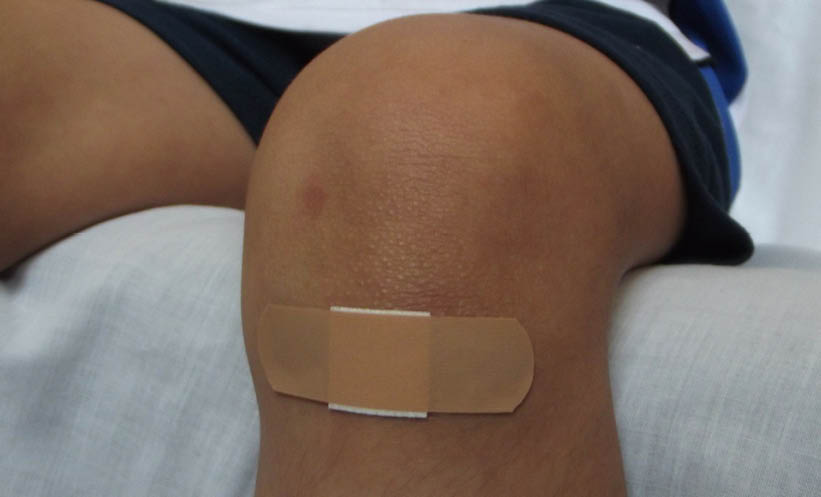AN INNOVATIVE method of accelerating wound healing has been developed by researchers from Uppsala University, Uppsala, Sweden and SLU, Missouri, USA. The newly-developed technology, which uses lactic acid bacteria as vectors to produce and deliver the CXCL12 human chemokine directly on the wound surface, could potentially play a major role in treating chronic diseases and overcoming antibiotic resistance.
Increasing CXCL12 Levels
In the study, the team utilised the technology to initiate changes in the microenvironment in the wound by increasing the levels of CXCL12, which is endogenously upregulated in injured tissue, for a sufficient time period through continuous delivery to the wound surface. This accelerated the healing process by recruiting more immune cells that are also more specialised to heal the wound. Additionally, degradation was inhibited by the slight pH drop caused by the lactic acid produced by the bacteria, meaning that bioavailability of CXCL12 was synergistically increased within the wound.
Next Steps
The acceleration of wound healing using this method was displayed in two models of diabetes, a model of peripheral ischaemia and a model using human skin biopsies, in addition to being demonstrated in healthy mice. Clear differences in the composition of immune cells in the wounds were seen, and higher levels of TGF-β were produced at earlier time points by the immune cells present. More studies are now needed in other models to further assess the efficacy of the technology.
Prof Mia Phillipson, Uppsala University, commented: “This is very exciting from a healthcare perspective. We have a technology that works and now understand the mechanism behind it, how it accelerates wound healing. The next step is a study in a pig model.”
Reducing Costs
With the increasing occurrence of chronic diseases, such as diabetes, and the spread of antibiotic resistance, an innovative technology such as this that accelerates wound healing could significantly reduce costs of health services in the future. Effective tools to accelerate healing are currently lacking, with significant problems occurring in other attempted solutions.
James Coker, Reporter
For the source and further information about the study, click here.








